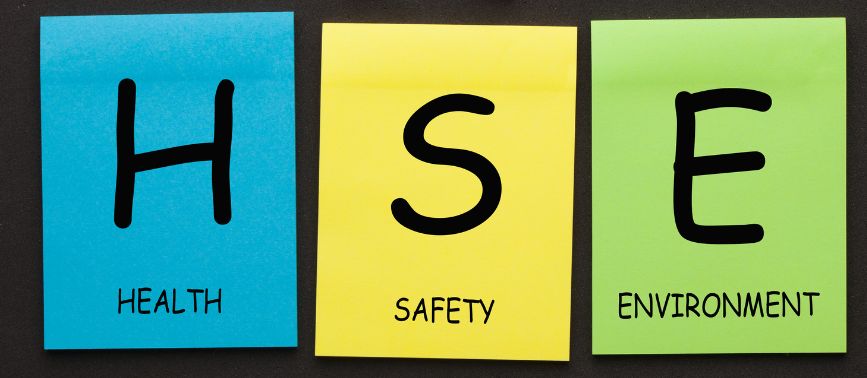March 24,2023
What are all the important definitions in Safety, Health and Environment?

What are all the important
definitions in Safety, Health and Environment?
Here are some important definitions related
to Safety, Health, and Environment:
Safety:
- Hazard: A potential source of harm or
damage to people, property, or the environment.
- Risk: The likelihood of a hazard causing
harm or damage.
- Risk Assessment: The process of
identifying, assessing and controlling hazards in the workplace.
- Personal Protective Equipment (PPE):
Clothing and equipment worn to protect workers from potential hazards.
- Emergency Procedures: Plans and procedures
for responding to an emergency situation.
- Housekeeping: The practice of keeping a
workplace clean and orderly to reduce the potential for injuries.
- Lockout/Tagout: The practice of isolating
and tagging out equipment to prevent accidental or unexpected operation.
- Ergonomics: The science of designing work
tasks and environments for the comfort and safety of workers.
- Job Safety Analysis (JSA): A systematic
approach to identifying hazards associated with a specific job task.
- Hazard Communication: The practice of
informing workers of the potential hazards associated with the materials they
use.
- Safety culture - The shared values,
beliefs, attitudes, and behaviors that determine how an organization manages
safety.
- Accident - An unplanned event that results
in injury or damage to property, equipment, or the environment.
Health:
- Occupational health - The promotion and
maintenance of the highest degree of physical, mental, and social well-being of
workers in all occupations.
- Exposure - The contact between a person and
a chemical, physical, or biological agent that has the potential to cause harm.
- Ergonomics - The science of designing
workplaces, equipment, and tasks to fit the capabilities and limitations of the
human body.
- Toxicology - The study of the harmful
effects of chemicals on living organisms.
Environment:
- Sustainability - The ability to meet the
needs of the present without compromising the ability of future generations to
meet their own needs.
- Pollution - The presence or introduction
into the environment of substances or energy that cause adverse effects.
- Carbon footprint - The amount of greenhouse
gases emitted by a person, organization, or product.
- Renewable energy - Energy that comes from natural resources that are replenished over time, such as solar, wind, or hydro power.
- Note that this is not an exhaustive list,
and there may be additional definitions and terms that are important in the
fields of Safety, Health, and Environment.




